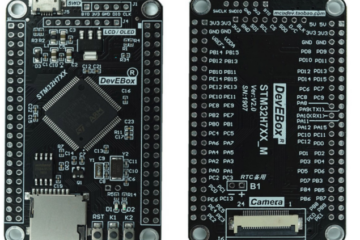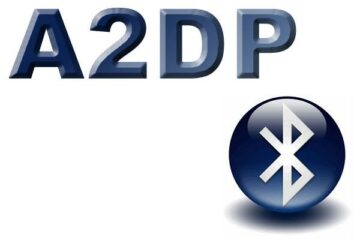So far I used my arduino-audiokit library together with my AudioTools when I wanted to work with my AudioKit board. This library was a just quick and dirty adaptation of the drivers that were made available by the Espressif ADF framework to Arduino. But it had the following major drawbacks
- it is complex and difficult to maintain with many layers and quite a lot of source code files in C
- it is inflexible and you need to change a configuration file if you want to change the codec
- it is inflexible if you need to adapt the pins e.g. for your custom board.
I finally took some time this week to write a new lean and flexible audio driver library that allows to select the codec in the Arduino Sketch and where you can define a new board with just a few lines of code!
Using a Predefined Board
Here is an example that shows how to set up the codec and I2S for a LyratV43 board:
#include "AudioTools.h"
#include "AudioLibs/I2SCodecStream.h"
I2SCodecStream i2s(LyratV43);
void setup() {
// setup i2s and codec
auto cfg = i2s.defaultConfig();
cfg.sample_rate = 44100;
cfg.bits_per_sample = 16;
cfg.channels = 1;
i2s.begin();
// set volume
i2s.setVolume(0.5);
}
You can just specify the board in the constructor of the I2SCodecStream.
Defining Your Own Custom Codec Board
Here is one way to define your own board with your own pin assignments:
#include "AudioTools.h"
#include "AudioLibs/I2SCodecStream.h"
DriverPins my_pins;
AudioBoard my_board(AudioDriverES8388, my_pins);
I2SCodecStream i2s(my_board);
void setup() {
// add i2c codec pins: scl, sda, port
my_pins.addI2C(CODEC, 32, 22, 0x20);
// add i2s pins: mclk, bclk, ws, data_out, data_in
my_pins.addI2S(CODEC, 0, 27, 26, 25, 35);
// add other pins: PA on gpio 21
my_pins.addPin(PA, 21);
// setup i2s and codec
auto cfg = i2s.defaultConfig();
cfg.sample_rate = 44100;
cfg.bits_per_sample = 16;
cfg.channels = 1;
i2s.begin();
// set volume
i2s.setVolume(0.5);
}
You just define your board which consists of a driver implementation and add your custom pin definitions!
Further Information
Further information can be found in


0 Comments